Solar panels generate energy during sunshine hours. in the evening, your home is powered on the solar energy that has been stored in the solar battery. If there is no energy left in the solar battery, or if grid rates are cheap then your home will purchase energy from the grid. You don't need to worry about any of this as our team of solar specalists are optimising how your home is buying and selling energy in the background without you needing to think about a thing.
The science of solar

How our smart technology works
There’s a fine science to running on sunshine, and the technology can seem a little overwhelming, so here’s an easy guide on how each of the different parts of your system work together to help generate good energy.
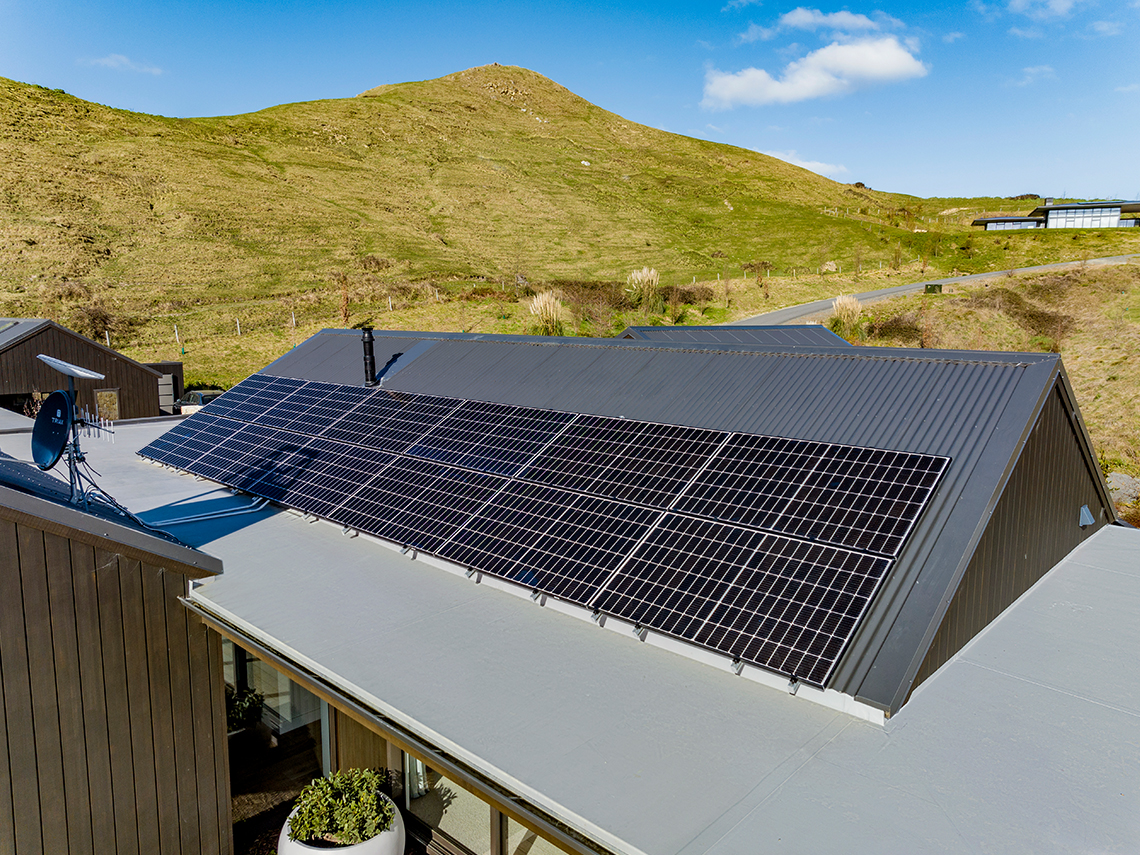
How sunshine is transformed into energy
The power of solar panels
When the sun shines onto a solar panel, its energy is absorbed by the photovoltaic (PV) cells in the panel. This then creates electrical charges that move in response to an internal electrical field in the cell, enabling electricity to flow. The energy that is generated is DC power. The solar panels need an inverter to turn this into AC power, more on how this works below
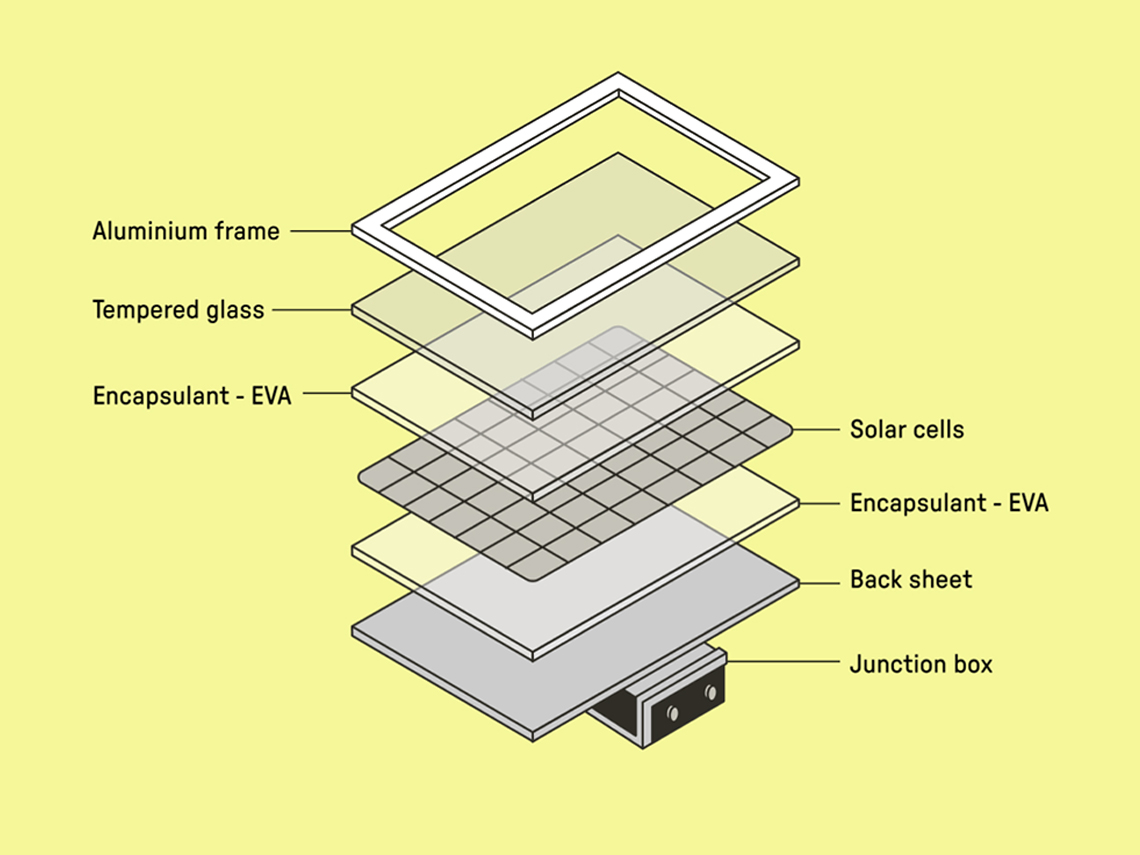
Solar panel components
How all the different parts of the panel layer up
There are seven main layers to the solar panel you’ll have installed on your roof. Here’s how they come together
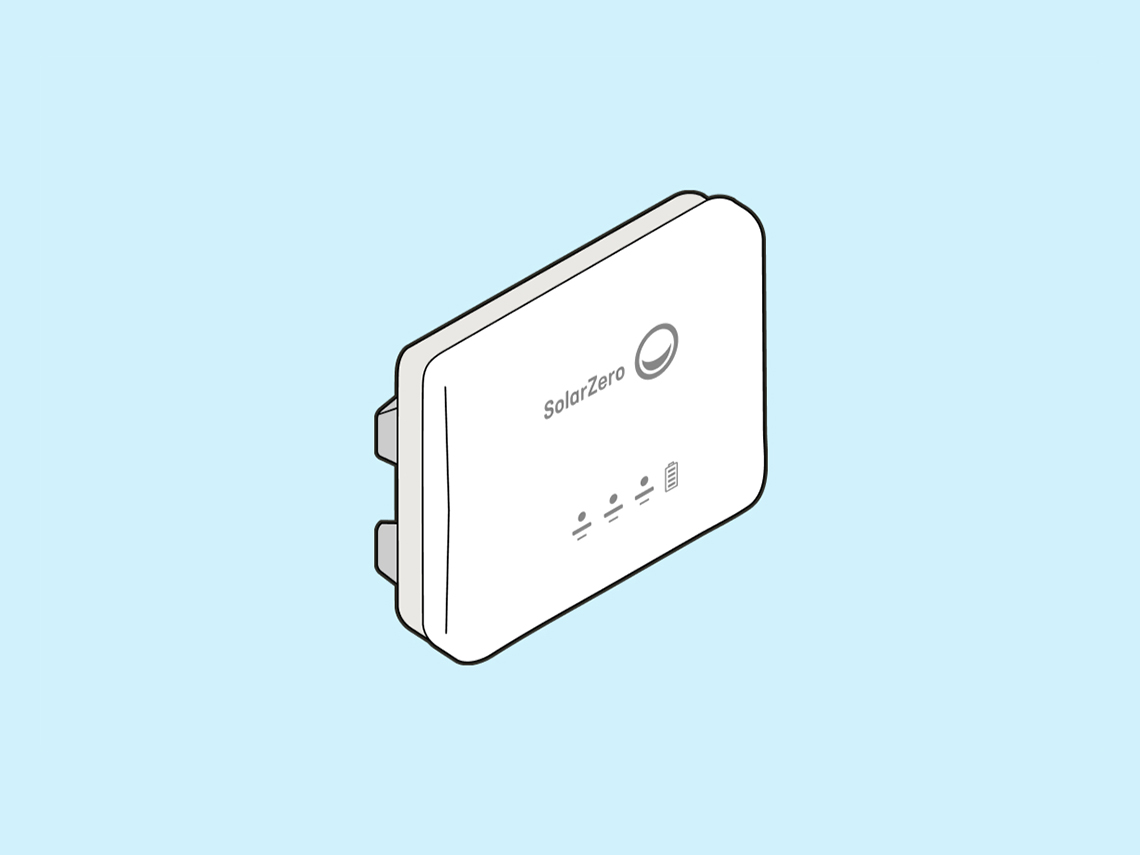
Solar inverter
How your sunshine is turned into usable electricity.
A solar inverter is attached to each of the solar panels, which converts the variable direct current (DC) output into alternating current (AC) that can be used to power your home or fed into the local grid.
We use a hybrid inverter. This connects the solar panel to the battery to manage the charging of the battery, either from solar directly or from grid electricity when it’s off peak and prices are cheap.
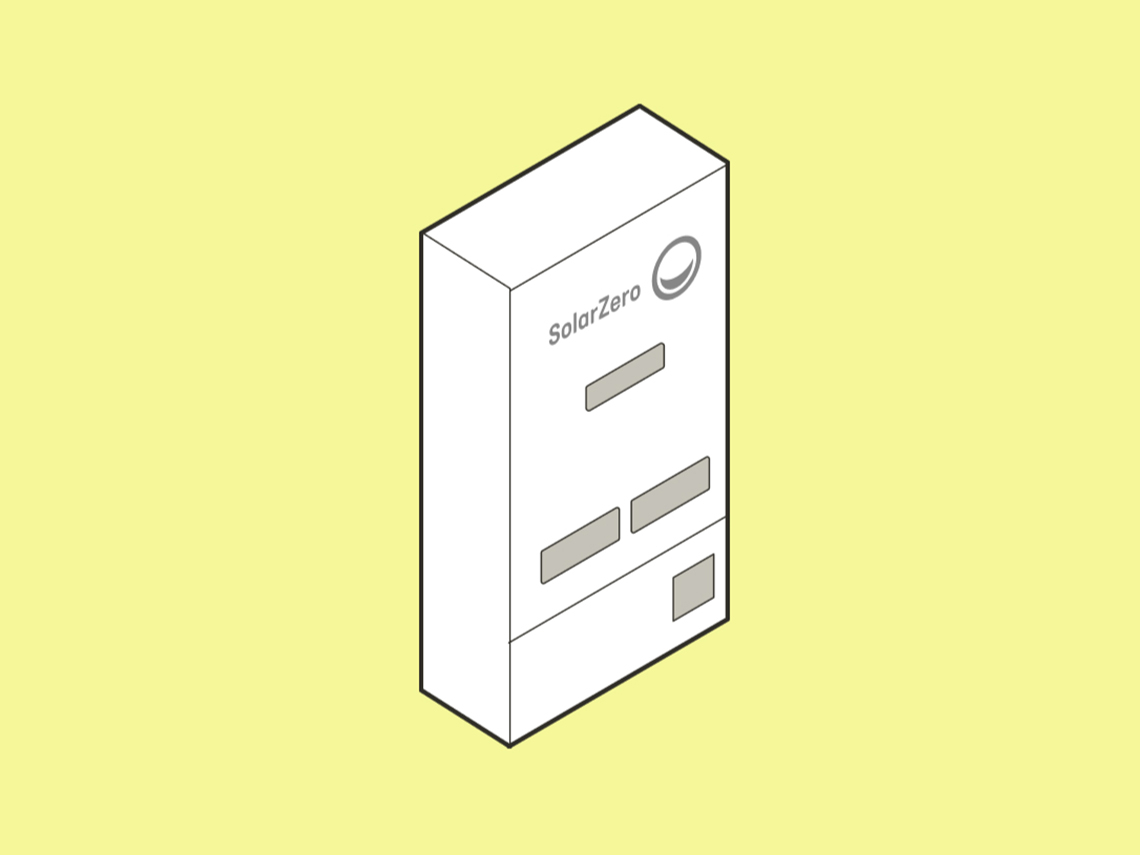
Solar batteries
How solar energy is stored and optimised.
Solar batteries are a game changer. They play a very important role in maximising your use of solar and your savings.
A solar battery reduces your reliance on the grid by storing any excess solar energy when the sun isn’t shining. The battery purchases and stores grid electricity when rates are at their cheapest. We also connect the battery to key circuits in your home to keep these key appliances in your home running when there is a power cut.
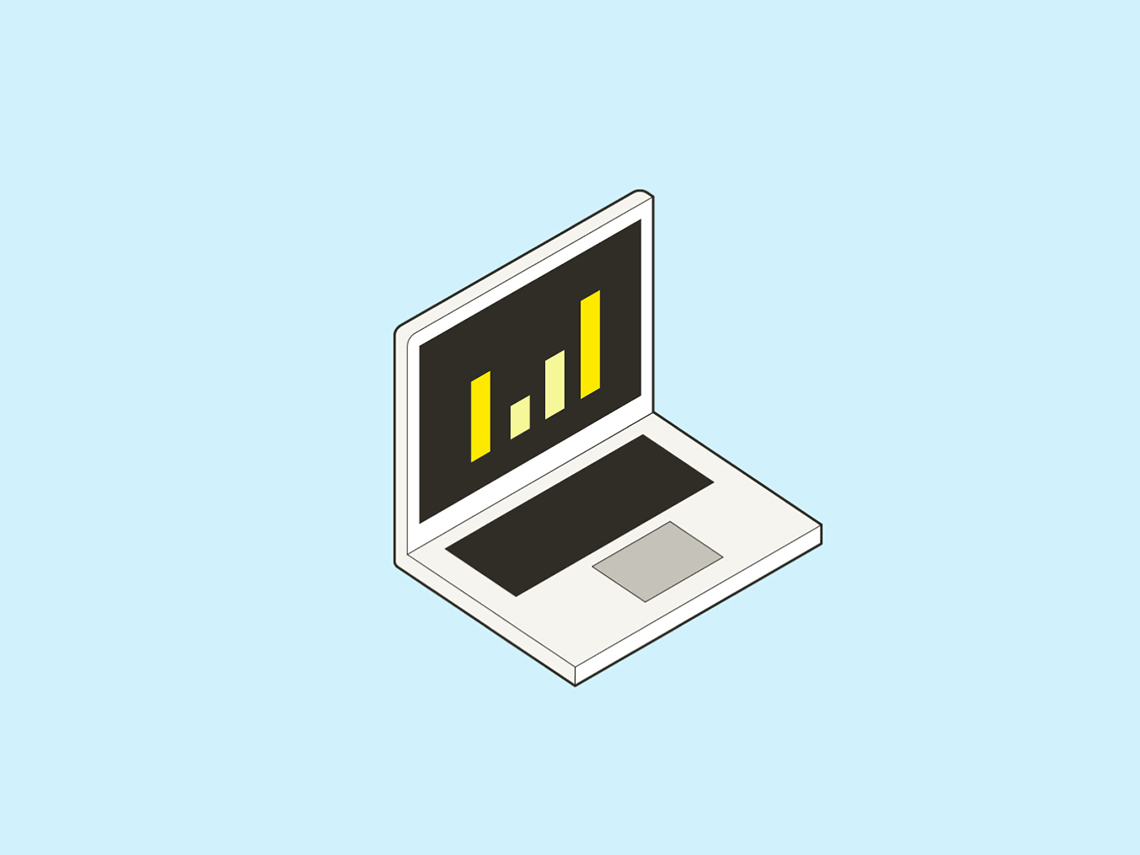
Monitoring and optimising
How we make sure you’re getting the most out of your system.
Our setup gives you full visibility on how your solar energy system’s going. From how much energy is being stored, to how much power you’re using from the grid — so you’ll enjoy having full visibility on what’s happening with your system. Want to switch off and leave it all up to us? No worries.
To make sure your solar system is working at its best, our team of energy experts work behind-the-scenes to continually optimise your system, ensuring it’s working efficiently and saving you as much on your power bill as possible.
FAQs
Starting out on your solar journey can seem a little daunting at first. So we’ve compiled some of our frequently asked questions to help you navigate the world of solar below:
Yes they will. It is a common misconception that solar panels require bright sunshine to work. Infact, solar panels actually still generate in low light conditions.
Yes they will. It is a common misconception that solar panels require bright sunshine to work. Infact, solar panels actually still generate in low light conditions.
We install 445W panels on your home.
An inverter converts direct current (DC) that is generated by the solar panels into alternating current (AC) that the appliances in your home use.
The inverter is installed inside of the battery cabinet.
Have more questions? Find the answers here.
Now that you have learnt all about the science and technology of solar, it's time to learn about how solar saves you money.
By powering your home with solar power you will lower your monthly power bills.